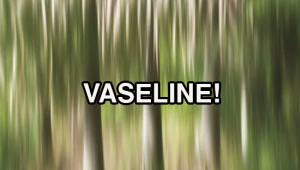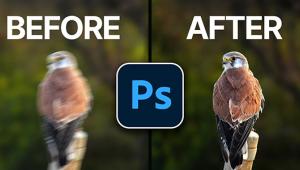Using SHUTTER DRAG for Nature Photos with Motion (VIDEO)
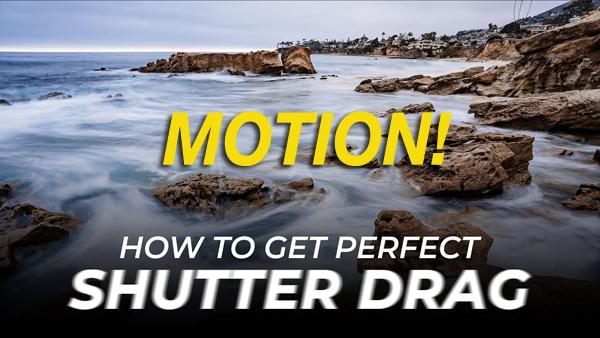
Have you ever wondered how photographers capture soft cotton-like clouds or silky flowing water on the beach or astride a stream? It’s a common technique known as “shutter drag” that’s very easy to accomplish.
This episode of the Master Your Craft series, hosted by Adorama TV, explains everything you know to get the job done in less than four minutes. And by the end of this lesson you’ll find uses for it just about everywhere you look.
Instructor Pye Jirsa is an accomplished photographer and founder of SLR Lounge—a great source of information for photographers of all skill levels. In the straightforward video below he demonstrates five simple steps for perfectly dragging your shutter every time.
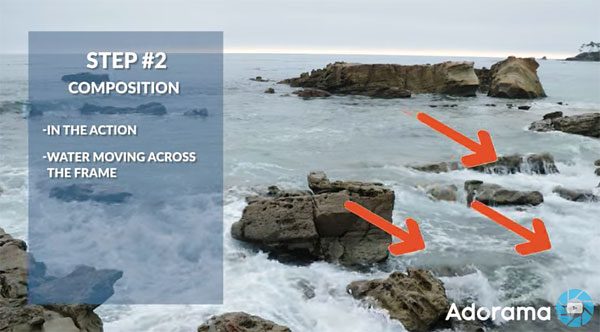
The best part of this approach is that it doesn’t require any special gear. All you need is a sturdy tripod, the camera you already own, and a wide-angle lens. For this demonstration Jirsa is shooting at the beach with a 16-28mm zoom.
Jirsa says, “Before you worry about placement and mounting the camera on a tripod, I want you to think composition.” He recommends composing a scene from the midst of the action, with the water (or another object in motion) moving sideways across the frame. He explains that, “if the water is moving toward the lens, the motion won’t be exaggerated.”
After dialing in framing to your liking it’s time to set exposure based upon the light levels in the scene. For this technique it’s important to first set shutter speed before selecting aperture and ISO. You’ll be using a slow shutter speed to create the effect, and Jirsa illustrates how various long exposures affect the final result.
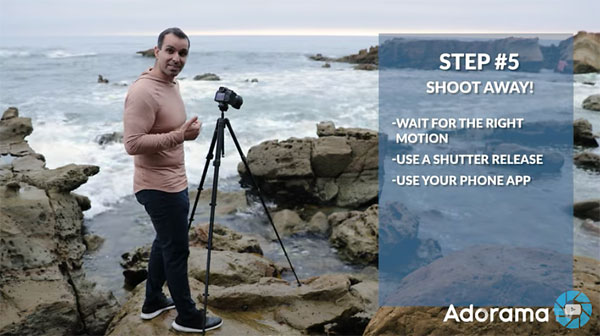
Jirsa offers a few additional tips for refining the image as he fires away. By following his real-world advice you’ll consistently make beautiful photos.
You can find much more of interest by visiting the Adorama TV YouTube channel, and we recommend taking a look at the SLR Lounge website for a wide variety of practical tips and tricks.
- Log in or register to post comments








